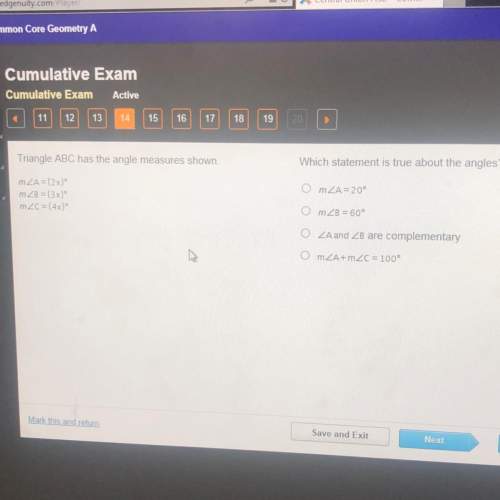
Mathematics, 18.06.2020 03:57 milkshakegrande101
Any population, P, for which we can ignore immigration, satisfies dPdt=Birth rate−Death rate.
For organisms which need a partner for reproduction but rely on a chance encounter for meeting a mate, the birth rate is proportional to the square of the population. Thus, the population of such a type of organism satisfies a differential equation of the form
dPdt=aP2−bPwith a, b>0.
This problem investigates the solutions to such an equation.
a. Sketch a graph of dP/dt against P.
b. Use this graph to sketch the shape of solution curves with various initial values: use your answers in part (a), and where dP/dt is increasing and decreasing to decide what the shape of the curves has to be. Based on your solution curves, why is P=b/a called the threshold population?

Answers: 1


Another question on Mathematics



Mathematics, 21.06.2019 23:10
Aramp rises 4 feet over a distance of 10 feet. what is the length of the ramp?
Answers: 3

Mathematics, 22.06.2019 00:20
When steve woke up. his temperature was 102 degrees f. two hours later it was 3 degrees lower. what was his temperature then?
Answers: 3
You know the right answer?
Any population, P, for which we can ignore immigration, satisfies dPdt=Birth rate−Death rate.
For...
Questions

History, 14.05.2020 18:57




Arts, 14.05.2020 18:57

Mathematics, 14.05.2020 18:57


Computers and Technology, 14.05.2020 18:57

Mathematics, 14.05.2020 18:57


Mathematics, 14.05.2020 18:57

Mathematics, 14.05.2020 18:57






Biology, 14.05.2020 18:57





